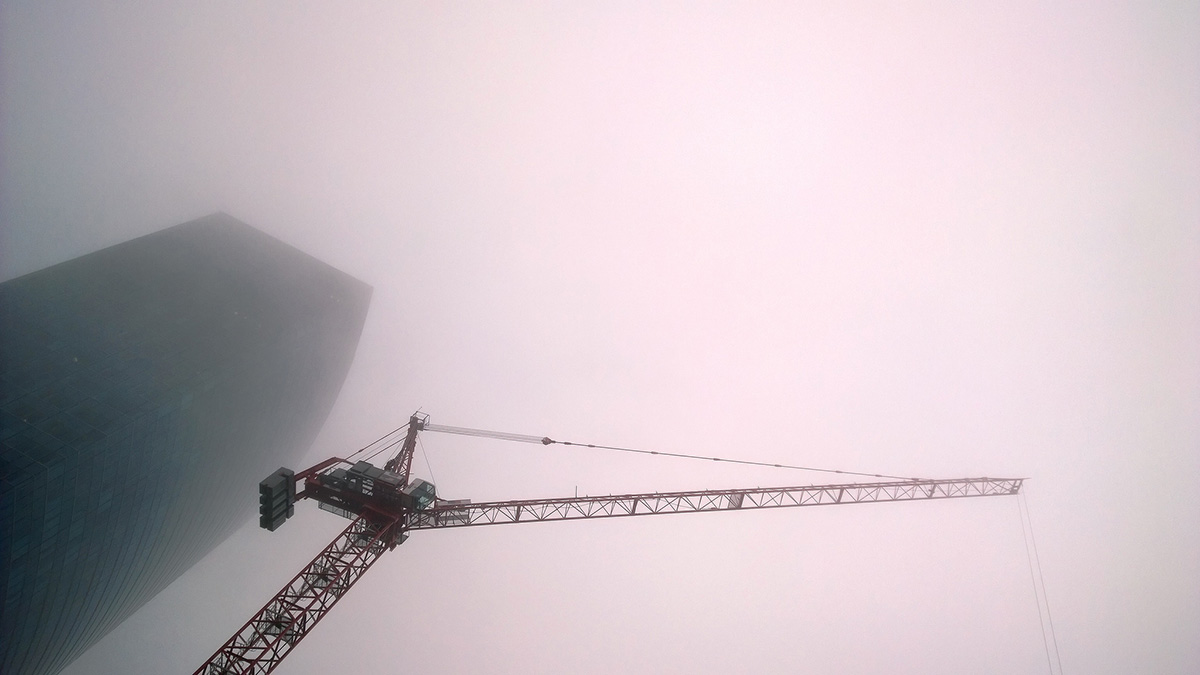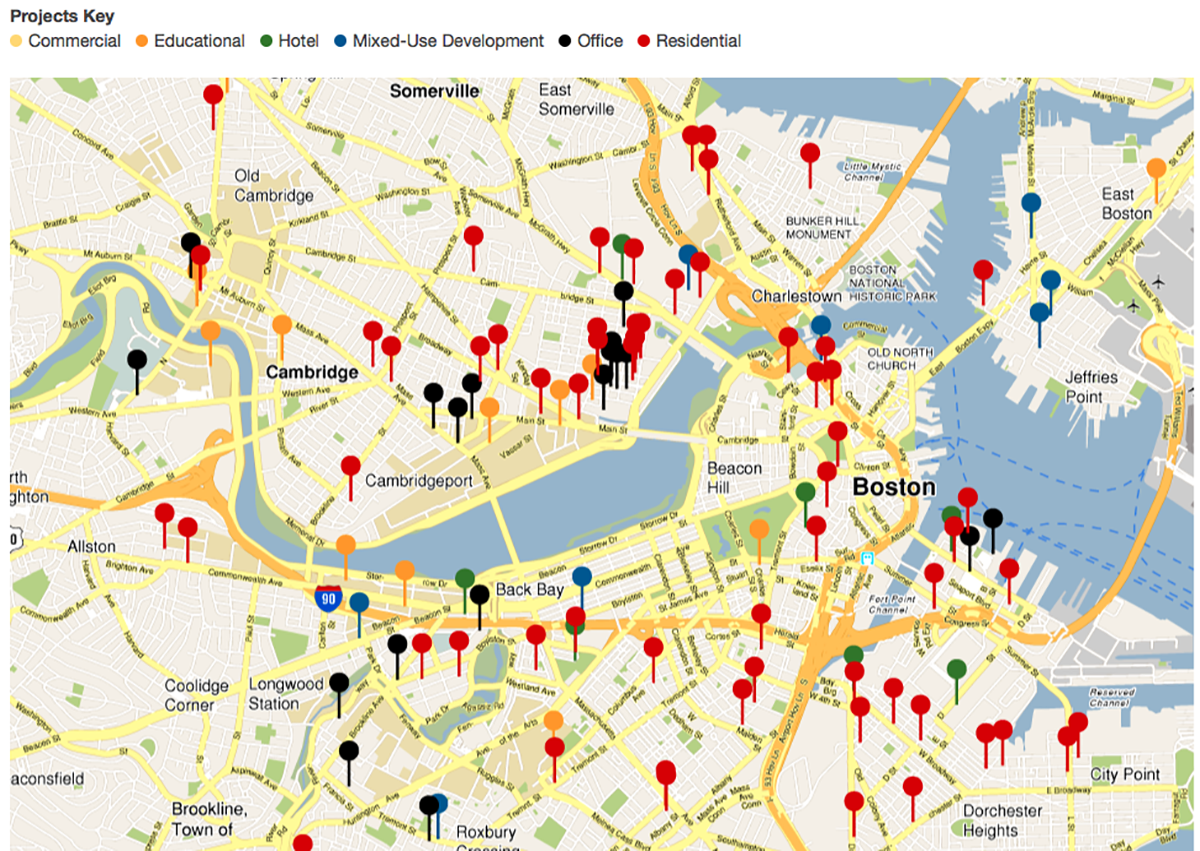GentriWatch: Boston, Big-City Inequality Capital of the United States
Welcome to GentriWatch, where we look for signs of gentrification happening around the city.

Photo by Adam Hilliker on Flickr/Creative Commons
BOSTON LEADS THE NATION in big-city income inequality, according to a new report released Thursday by the Brookings Institute.
The report named the Hub the most unequal major city in the U.S., with a host of numbers and figures spelling out a troubling yet all too familiar trend of the city’s rich getting richer, and the poor getting poorer.
Boston households earning in the 95th percentile made $266,224 in 2014, while households in the 20th percentile made just $14,942. Boston’s “95/20 ratio” of 17.8 just narrowly edges out New Orleans (17.7) for the top spot, followed by Atlanta (17.5), Cincinnati (15.7), and Providence (15.4). Last year, a similar report from the Brookings Institute using 2013 data placed Boston third, with a ratio of 15.0.
In other words, the gap is widening, and fast.
The report admits that Boston’s sizable student population contributes to its low-income 20th percentile. Still, households in the 95th percentile saw incomes grow 9 percent year-to-year, while households in the 20th percentile saw incomes drop 9 percent. The report also found that in cities with rampant inequality like Boston, housing is less affordable for low-income households.
“To be sure, many low-income households receive housing subsidies that reduce their rental cost burdens,” the report states. “Yet local inequality may serve to raise the price governments pay for those subsidies (e.g., for vouchers that cover the difference between “fair market rents” and 30 percent of household income). And for the majority of eligible low-income households who do not receive such subsidies, higher private market rents can pose serious financial challenges.”
You can read the full report here.
• • •
CRANES HAVE BECOME COMMONPLACE in Boston these days, as new construction sprouts up all across the city. If you’ve ever wondered what a half-finished, Tyvec-skirted structure will be when it’s completed, the good folks at the Boston Business Journal have offered a new solution.
Crane Watch is a slick, interactive map with more than 140 projects in Boston and Cambridge, and counting. Pins are color-coded based on project type—hotel, mixed development, residential, and so on.
“We are very excited about it—it is an example of using the appropriate media for giving our audience the information they need, when they need it, to grow their business and be prosper in Boston,” executive editor Doug Banks tells GentriWatch.
Banks says the BBJ got the idea from their sister publication in Nashville, who built their interactive map on a different platform. “We launched ours using Maps4News. Milwaukee’s business journal also has one under a different name, but same concept,” Banks says.
You can play around with Crane Watch here.
Notice something changing in your neighborhood? Let me know: kclauss@bostonmagazine.com, @KyleClauss.




